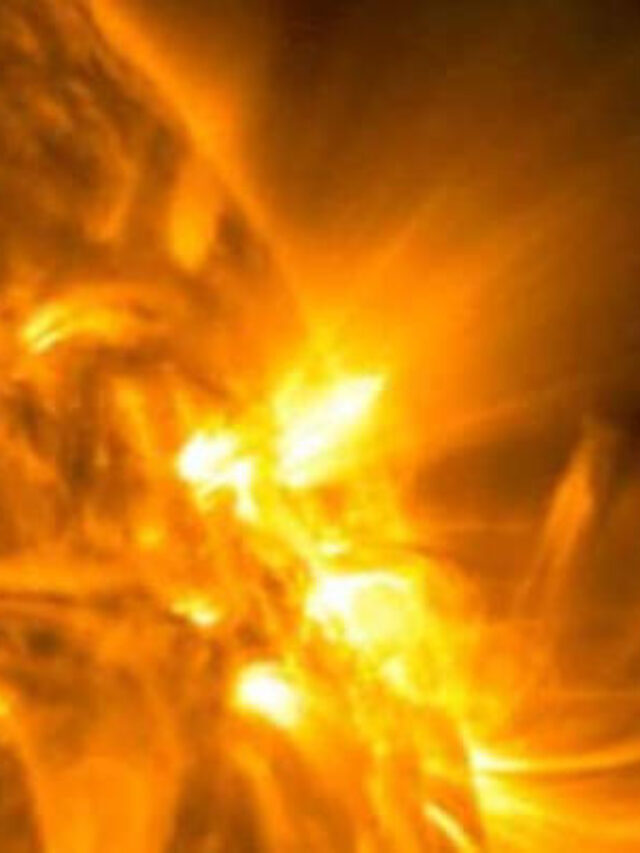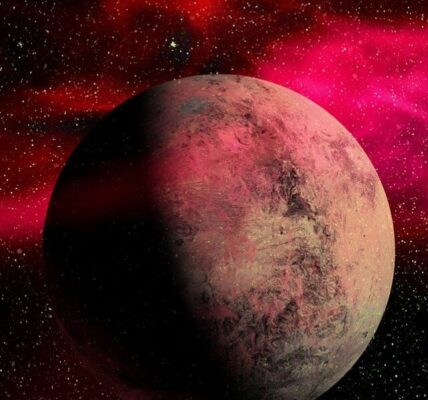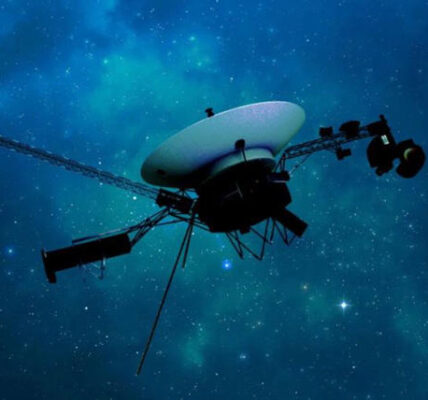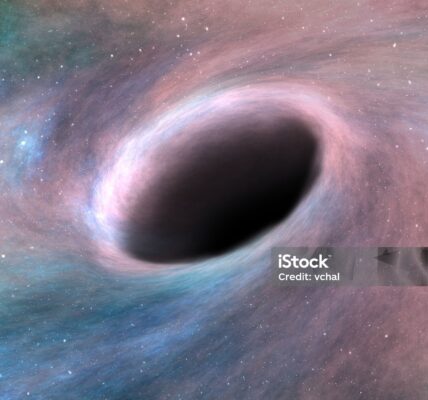Massive Solar Prominence Eruption captured by astrophotographer Mark Johnston showcases a spectacular solar event, with a 100,000-mile-high tower of plasma rising from the sun’s surface. Learn more about this incredible display of solar activity and the technology behind it.

Massive Solar Prominence Eruption Captured by Astrophotographer Mark Johnston
In late August, a massive solar prominence eruption was caught on camera by astrophotographer Mark Johnston, a NASA solar system ambassador and vice president of the Phoenix Astronomical Society. Using his custom-built telescope, Johnston recorded an awe-inspiring event on the sun’s surface—a 100,000-mile-high tower of plasma rising from the star. This remarkable display, known as a solar prominence, is one of the most striking phenomena that can occur on the sun.
Johnston shared the footage and images of this massive solar prominence eruption, providing the world with a glimpse of an extraordinary event that usually goes unnoticed from Earth. His observation was carried out from his backyard in Scottsdale, Arizona, using specialized equipment designed to safely capture solar events.
What is a Solar Prominence?
A massive solar prominence eruption refers to a loop of plasma that extends from the sun’s surface. This plasma is made up of superheated gases and follows the magnetic field lines of the sun. When the sun’s magnetic field becomes unstable, the plasma can be ejected into space in dramatic arcs that are visible from Earth with the right equipment. These events are not just visually stunning; they also provide important data for scientists studying the sun’s behavior and its effects on the solar system.
The prominence captured by Johnston measured about 100,000 miles (160,000 kilometers) high. To put that in perspective, that’s roughly 13 times the diameter of Earth! Such massive structures of plasma are common, but capturing one in such detail requires precise timing, equipment, and favorable atmospheric conditions.
Capturing the Massive Solar Prominence Eruption
Johnston, a seasoned solar observer, used his customized TEC160FL refractor telescope for this observation. The telescope was specifically modified to function as a hydrogen-alpha solar telescope, allowing him to view the sun safely while capturing the massive solar prominence eruption in vivid detail. Hydrogen-alpha telescopes are designed to observe the specific wavelength of light emitted by hydrogen in the sun, making solar prominences and other features more visible.
To create the video, Johnston recorded about 100 separate videos, each consisting of 540 frames, taken 25 seconds apart. The final time-lapse video, which shows about an hour of solar activity, reveals the incredible dynamics of the sun’s surface. As the plasma erupts, you can see the arcs rising and falling, following the magnetic field lines in a dance of cosmic proportions.
Although atmospheric conditions can sometimes affect the clarity of solar observations, Johnston noted that the seeing was generally good during his observation, with only occasional blurriness. This allowed him to capture high-quality footage of the massive solar prominence eruption.
Still Images of the Solar Spectacle
In addition to the time-lapse video, Johnston also captured a series of breathtaking still images of the massive solar prominence eruption. These images were taken during the same observation session, between 12:00 p.m. and 1:00 p.m. ET on August 29, 2024. Each still image required taking a high-speed video consisting of 2,000 frames with 9-millisecond exposures. Johnston then selected the sharpest 200 frames and applied further sharpening, noise reduction, and color enhancement to create the final images.
One of the highlights of his earlier observation, just three days prior to capturing this footage, was a large triangular blob of plasma being ejected by the sun. The blob was still faintly connected to the sun by a thin stream of plasma, following the magnetic field lines as it drifted away. These kinds of structures, formed during a massive solar prominence eruption, give astronomers insight into the sun’s magnetic activity and how solar storms are generated.
The Importance of Safe Solar Observation
One of the most critical aspects of capturing a massive solar prominence eruption or any solar event is using the right equipment. Viewing the sun directly without proper safety measures can be extremely dangerous. Even with telescopes or binoculars, it is essential to use certified solar filters to protect both the equipment and the observer’s eyes.
Johnston’s custom-built hydrogen-alpha telescope allowed him to view and capture the solar event without any danger. For those interested in observing the sun, there are many options available, ranging from simple solar filters for telescopes to more advanced solar observation equipment. A smart telescope with a solar filter, like the Unistellar Equinox 2, can be a great choice for beginners who want to observe solar phenomena safely.
How Solar Prominences Impact Us
While the massive solar prominence eruption observed by Johnston was a spectacular visual event, solar prominences can have real-world impacts. If the plasma ejected by the sun is directed toward Earth, it can lead to geomagnetic storms, which can affect satellite communications, GPS systems, and even power grids. These solar storms occur when charged particles from the sun interact with the Earth’s magnetic field, creating disturbances that ripple through the planet’s upper atmosphere.
However, not all solar prominences lead to such storms. Many, like the one captured in the massive solar prominence eruption, simply form and dissipate without ejecting plasma into space. Scientists study these events closely to better understand the sun’s magnetic field and predict when solar storms might occur.
Mark Johnston’s Contributions to Solar Observation
Mark Johnston has become a well-known figure in the world of solar observation, thanks to his meticulous approach to capturing phenomena like the massive solar prominence eruption. As a NASA solar system ambassador and vice president of the Phoenix Astronomical Society, Johnston has dedicated years to studying the sun and sharing his findings with the public.
His work is not only important for its scientific value but also for inspiring a wider appreciation for astronomy. The footage and images of the massive solar prominence eruption that Johnston captured are a reminder of the dynamic and powerful forces at play in our solar system.
By capturing the massive solar prominence eruption, Mark Johnston has provided a stunning example of the sun’s incredible activity. His video and still images offer a glimpse into the dynamic nature of the sun, revealing the beauty and power of these solar events. For anyone interested in observing the sun, Johnston’s work serves as both an inspiration and a reminder of the importance of using the right tools and techniques to safely observe our nearest star.
Related:
NASA Solar Sail ACS3 Visibility: 5 Incredible Reasons to Watch Tonight!




